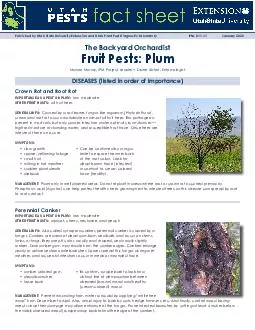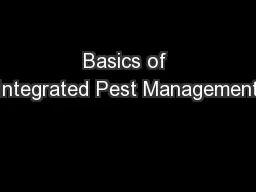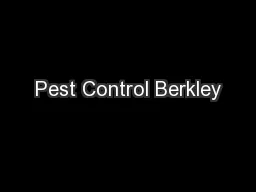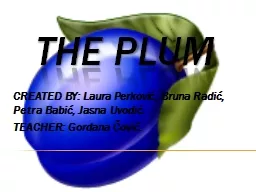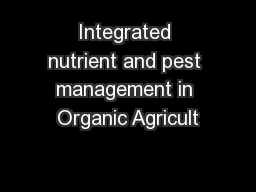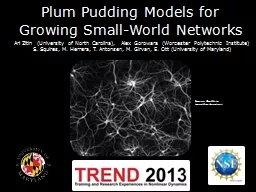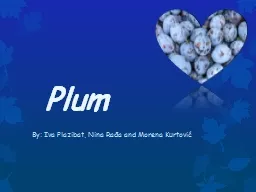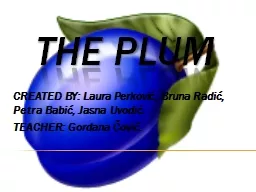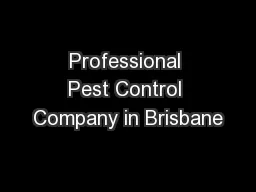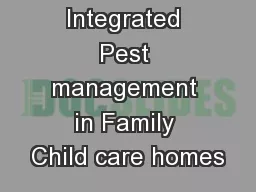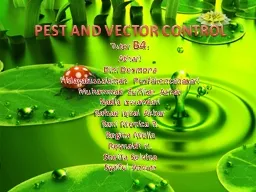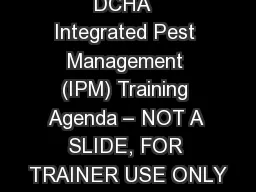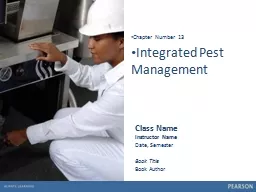PDF-IMPORTANCE AS A PEST ON PLUM:
Author : yoshiko-marsland | Published Date : 2017-03-05
OTHER FRUIT HOSTS INFO SYMPTOMS Sparse yellowing foliage IMPORTANCE AS A PEST ON PLUM OTHER FRUIT HOSTS GENERAL INFO sunken Dark amber gum may exude from the canker
Presentation Embed Code
Download Presentation
Download Presentation The PPT/PDF document "IMPORTANCE AS A PEST ON PLUM:" is the property of its rightful owner. Permission is granted to download and print the materials on this website for personal, non-commercial use only, and to display it on your personal computer provided you do not modify the materials and that you retain all copyright notices contained in the materials. By downloading content from our website, you accept the terms of this agreement.
IMPORTANCE AS A PEST ON PLUM:: Transcript
Download Rules Of Document
"IMPORTANCE AS A PEST ON PLUM:"The content belongs to its owner. You may download and print it for personal use, without modification, and keep all copyright notices. By downloading, you agree to these terms.
Related Documents

